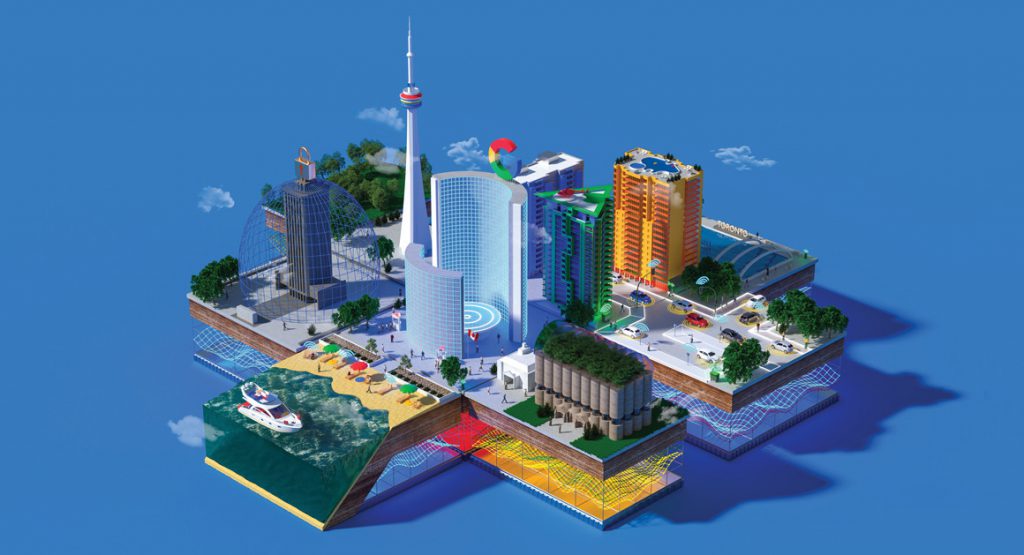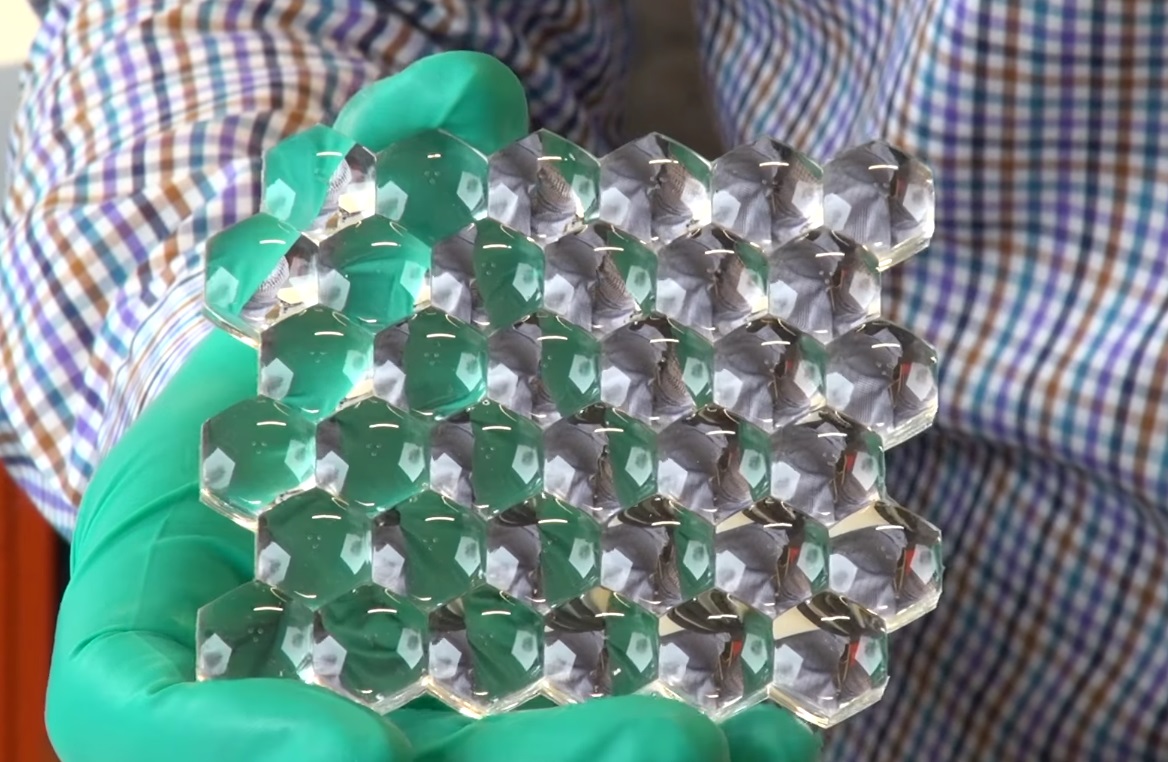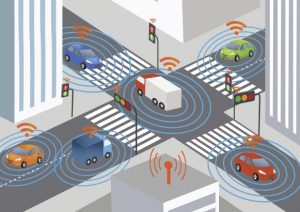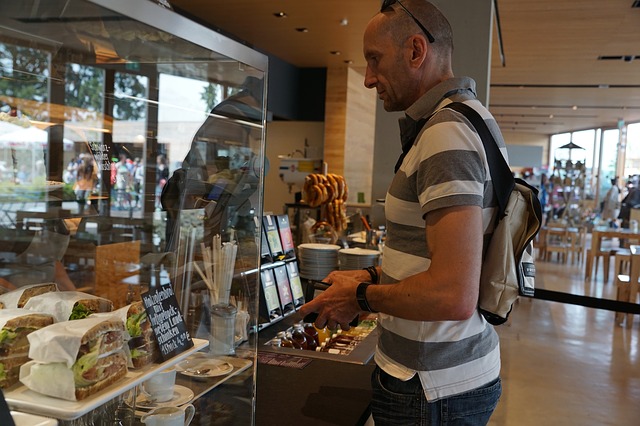Amazon’s Echo Wall Clock is officially back on sale in the United States. The sales for the Wall Clock was paused to sort out bluetooth connectivity issues. Amazon restarted the sales for the Wall Clock after a little less than a month of time and is being sold for $30. Amazon was able to resolve the issue by a new software update and should improve its performance and connectivity. The software update was automatically installed to all Wall Clocks.

The clock is currently ran off of batteries and it has no microphone or speaker of its own. The clock isn’t an Echo device but it is an accessory that uses bluetooth to pair with an existing Echo speaker; which the clock requires an Echo device in order to maximize its potential. A cool aspect of the clock is that you can tell the Echo device to set a timer and there will be a visual countdown with LED lights around the edge of the clock. It’s interesting to see Amazon supplement it’s Echo device with hardware that makes daily hardware around the house more technological advance.
Source: https://www.cnet.com/news/alexas-echo-wall-clock-is-up-for-sale-again-after-connectivity-issues/




/cdn.vox-cdn.com/uploads/chorus_image/image/63072724/acastro_190206_32221_lootboxes_gambling_0001.0.jpg)



